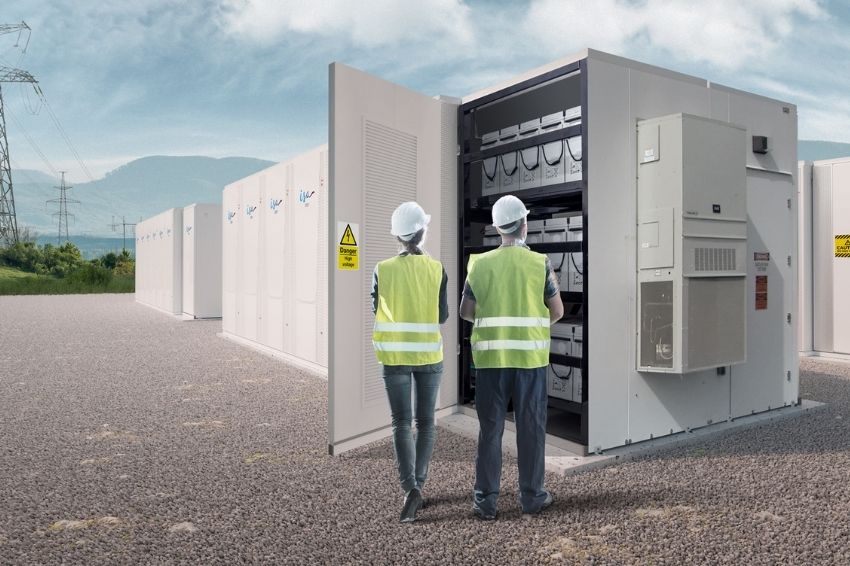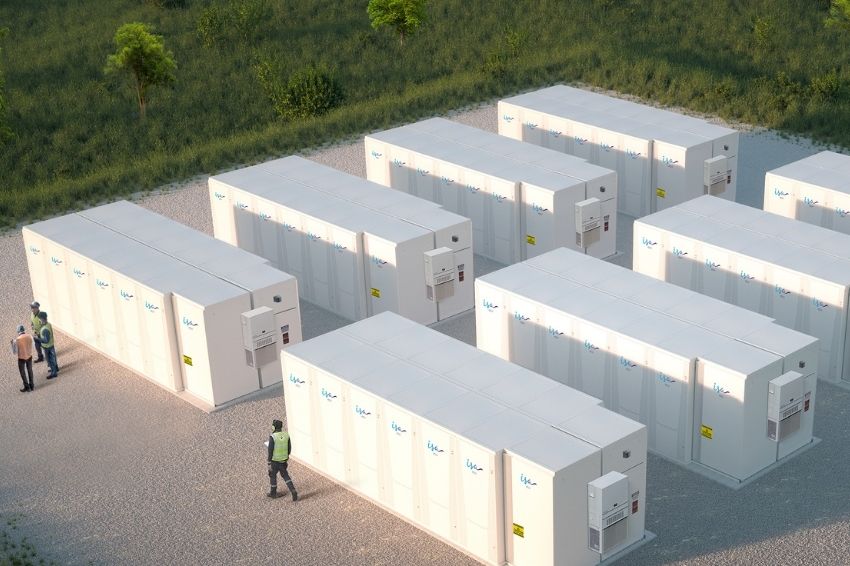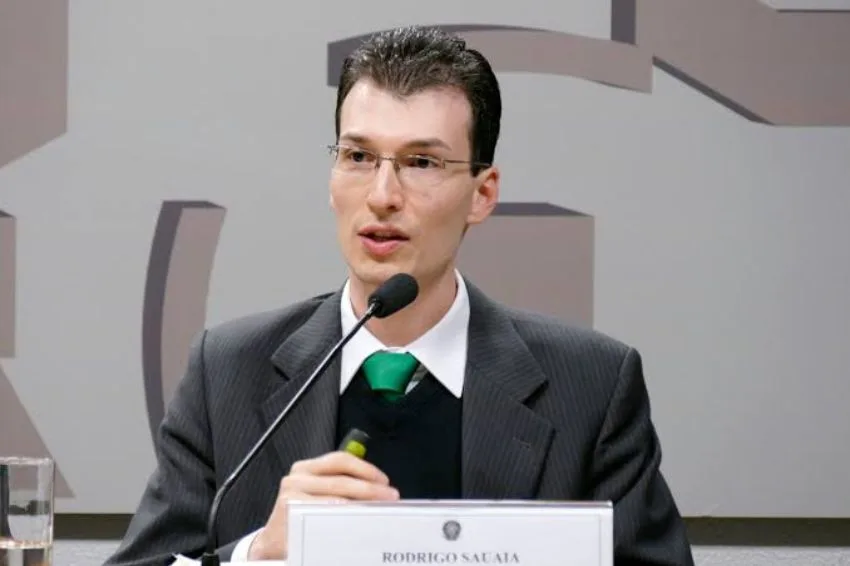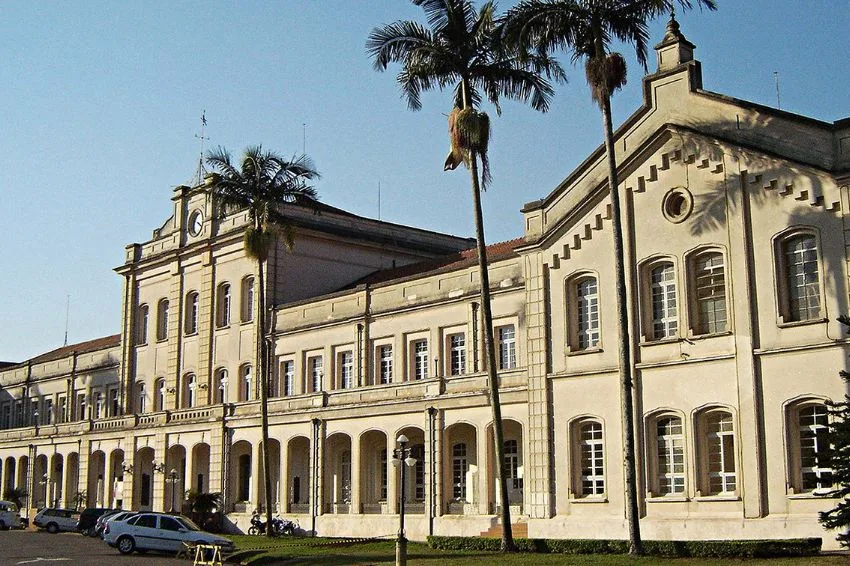ANEEL (National Electric Energy Agency) approved, this Tuesday (16), the first large-scale energy storage project in the Brazilian transmission system.
The lithium batteries will be installed at the Registro (SP) substation, ISA CTEEP, in an area of approximately 4 thousand m², with a size equivalent to around 30 containers.
They will have 30 MW of power – which guarantees meeting the maximum demand of the South Coast, of 400 MW, benefiting around two million people.
According to the company, the technology will act at times of peak consumption, as a reinforcement to the electrical grid, ensuring additional energy for up to two hours, totaling 60 MWh.
“The project is a historic milestone for the electricity sector and will serve as an innovation laboratory, promoting debates on how to insert energy storage in batteries, especially due to their immediate response capacity and high operational flexibility, necessary for the transmission network” , said Rui Chammas, CEO of ISA CTEEP.

The investment authorized by the regulator is around R$ 146 million and the work is expected to be delivered in November 2022, in order to meet summer demand from 2022/2023. The RAP (Allowed Annual Revenue) due to the implementation of the project will be approximately R$ 27 million.
“Storage acts as a back-up to maintain the supply of electrical energy at times of peak consumption, contributing to less activation of thermal plants. With this project, we further reinforce our purpose of generating sustainable value”, he highlighted.
Read more: Energy storage in Brazil: what’s needed to take off?
In the case of the ISA CTEEP system, there is a low environmental impact, as it will avoid the application of solutions that require diesel generation – 350 thousand liters of fuel would be needed for equivalent use, stated the company.
Furthermore, they highlighted that, with the batteries, the emission of 1,194 tons of greenhouse gases will be avoided, in two years of the technology in operation, as well as the carrying out of works in environmental preservation areas, such as the Serra do Mar State Park Furthermore, until the system is implemented, it is estimated that around 400 direct jobs will be created.

















5 Responses
Matthew, congratulations on the important article on energy storage.
27 million per year for supply of 30MW for 2 hours in summer. Is this the technology we need? Couldn’t we make distributed solar generation more flexible? It would be all Brazilian households who will pay for this rap, including those who will not benefit.
More than time for the country to take a step forward! It's wonderful and I hope it expands quickly to all parts of the country until the battery
becomes cheap and the common consumer uses it in their small solar systems, why not? If we analyze this situation, it is more
obligation than innovation. The country has needed this since the FHC government when the blackout occurred. But it's wonderful, interesting project!
Mr Mateus Badra, I didn't understand your notes regarding powers. Power has a clear definition and energy another. I understand that the entire installation has a total installed power of 30 MW and if it can only work for two hours it will be able to supply 60 MWh of energy. Where does the maximum demand of 400 MW come in?
It will act as support for the electrical grid. So, if you overload the network, it will act. It's not that the 30 MW will supply the 400 MW, it will be an auxiliary in case there is a problem. In other words, the 400 MW will serve the grid and the 30 MW will support the grid.